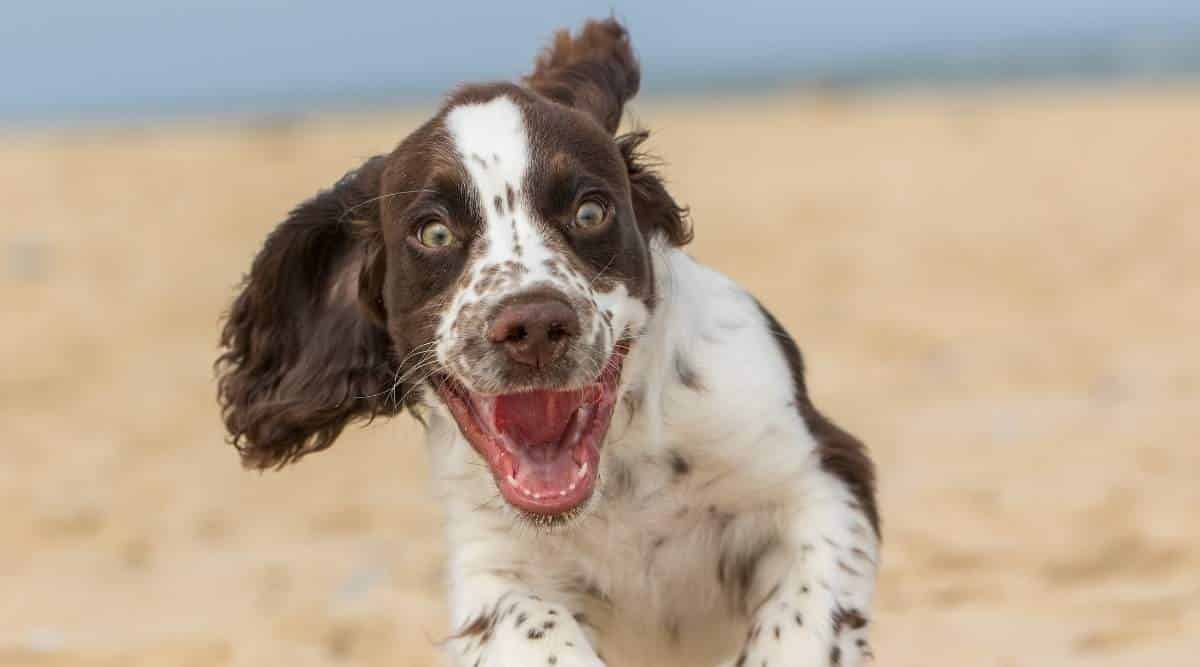Herding Dog Breeds: Discover 12 Of The Best
When you purchase through links on our site, we may earn a commission. Here’s how it works.
Through the millennia, dogs have been integral parts of human society. The relationship between dogs and humans likely began as two mutually beneficial species that lived in proximity. As they became more intertwined by the need for food and safety, the human/canine bond has shaped the development of both species.
When humans began keeping domestic livestock, they needed predator control and a way to move herds of animals from one place to the next. There is some disagreement on which types of animals were first kept in herds. Some research suggests that around 11,000 years ago, early shepherds domesticated goats first and sheep soon after. In Southeast Asia, chickens were likely being kept at least 10,000 years ago.
Although the earliest canines kept with sheep and goats were likely livestock guardian-type dogs, the concept of dogs as shepherds’ helpers existed before the common era. Let’s learn their history and the best dozen breeds for herding jobs.
Table of Contents
Herding Dog History
Around 4,000 years ago, evidence suggests domesticated dogs were acting as herding animals for their Shepherd’s flocks of sheep and goats. Herding breeds were recorded in Iceland as far back as the 13th Century. By the 1570s, Caius, in his writing on “Englishe Dogges,” discusses the role herding dogs filled for shepherds in England. He described a dog who worked alongside its handlers and was guided by the handler’s voice and whistle.
Herding dogs were initially developed to move sheep and goats but eventually were utilized on cattle. Cattle were larger livestock and required different strategies to get them to move. The “heeler” category of herding dogs was born out of this need.
Herding dogs work in roughly three different ways. There are drivers, musterers, and boundary herders. While we most typically think of dogs who drive a species in the desired direction when we think of herding dogs, the other two functions can be significant on large and small farms.
With that background info in mind, let’s take a closer look at the 12 best dogs that are born to drive.
Australian Cattle Dog
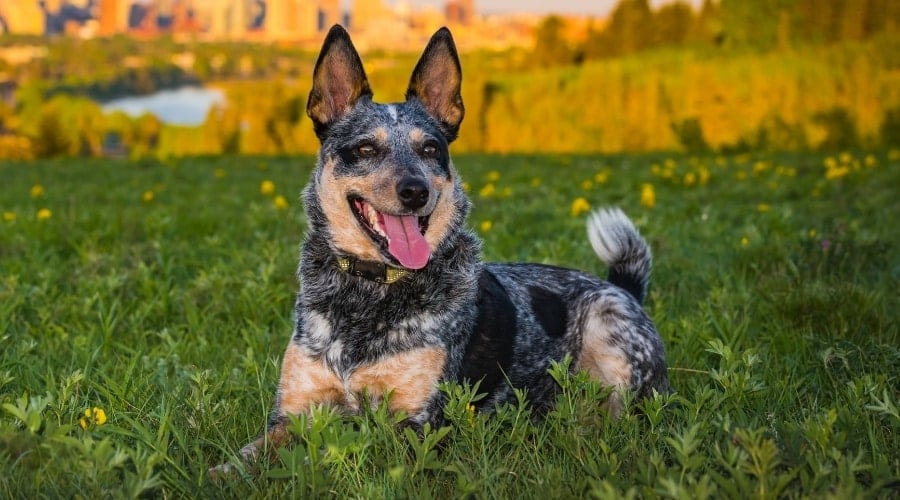
One of the most popular herding dogs in the United States is the Australian Cattle Dog, also known as the Heeler. Depending on his coat color, he may go by the nickname Red or Blue Heeler. This rugged breed, popular with equestrians, was developed in Australia to help cattle ranchers manage their stock. Related to Australia’s wild Dingo, the ACD has been instrumental in developing the cattle industry in Australia.
They crossed the dogs with Dingoes for stamina and heat tolerance. Eventually, they blended into Scottish Highland Collie and Black and Tan Kelpie. As their nickname suggests, Heelers were created to push cattle in the desired direction by nipping at their heels. This style of dog is usually agile and low to the ground to duck quickly and avoid a kick to the head if a cow should take offense at his efforts.
Australian Shepherd
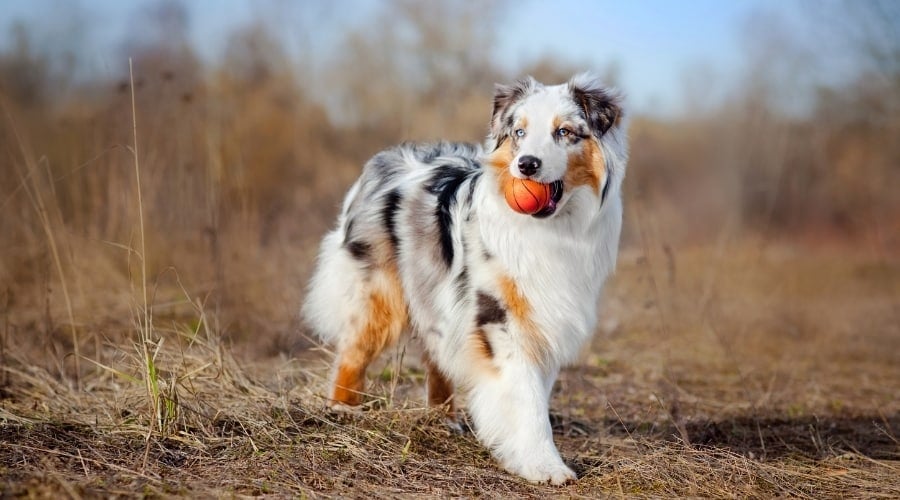
The Australian Shepherd is another breed quite popular with farmers and livestock handlers. Although enthusiasts created the breed in the United States, its name comes from its association with Basque sheepherders who came to the United States from Australia in the 1800s. As Western-style riding increased in popularity after World War II, so did the Aussie. Rodeos, horse shows, movies, and television showed the breed to the general public, and farmers and ranchers found these intelligent and hardworking dogs a natural fit as working companions.
These farmers further refined the breed, and individuals were selected for their intelligence, herding ability, and striking colors. Modern Australian Shepherds have various shades and patterns from which to choose, including red, black, and both red and black merle. Australian Shepherds have become popular for herding abilities, good looks, and their talent as sporting dogs. They excel in such sports as flyball, frisbee, and agility.
Bearded Collie
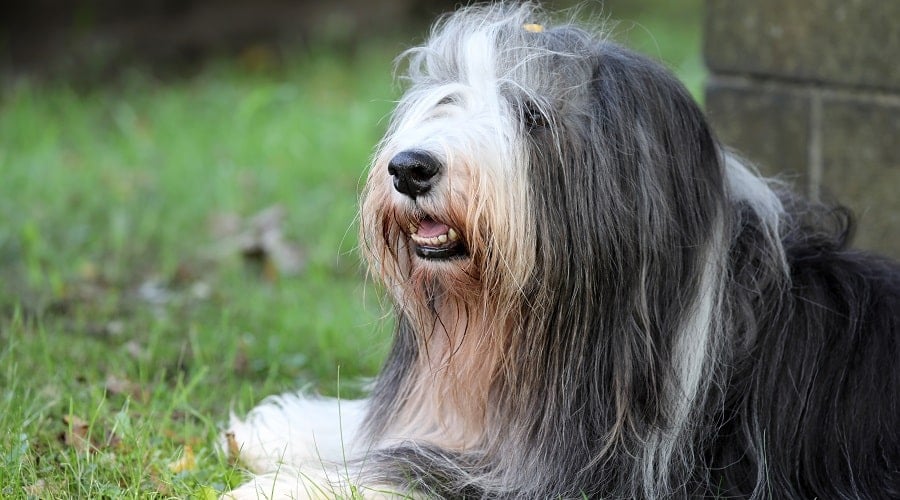
Bearded Collies, or “Beardies” as known to their fans, likely date back to the 1500s or before in Scotland. The prevailing theory is that Polish herding dogs like the Polish Lowland Sheepdog or Komondorok brought to Scotland may have formed the breed’s foundation. No written records have yet been discovered to offer insight into the origins of the type, but they were working dogs bred to handle the harsh Scottish environment and move herds of cattle and sheep for their drovers. Their energy, independence, and joie de vivre have changed little over the centuries.
By the 1700s, we have evidence that Beardies were not just working farmers’ dogs but also fashionable with the landed gentry. The style of painting in demand with this moneyed set reflected the subjects’ symbols of status and often included finely bred horses and dogs. Painters like Gainsborough and Reynolds portrayed wealthy Scottish clients with dogs resembling the Bearded Collie. World War I devastated the breed’s population, but the breed survived and now has become a family companion.
Border Collie
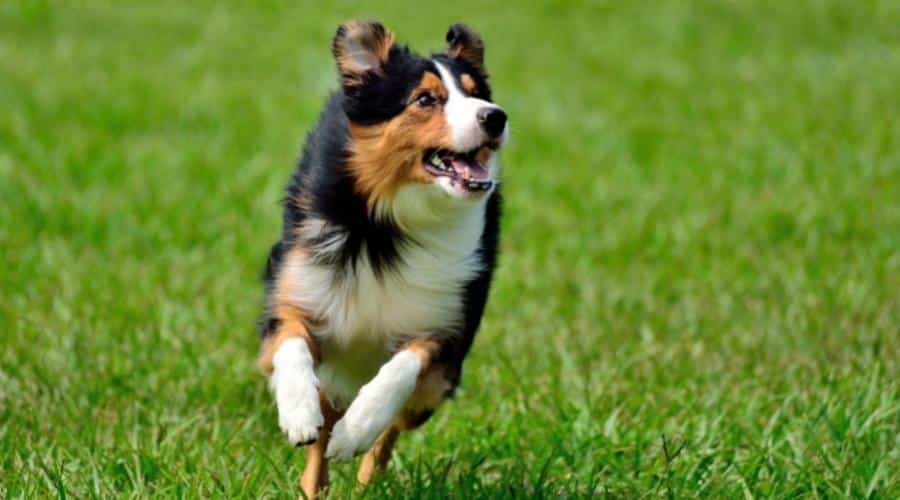
If one breed had to be the face of the herding dog, the Border Collie would be that face. Border Collies are the most widely used herding dogs in many countries. They are incredibly clever and highly biddable. Their AKC breed description goes so far as suggesting they have the “uncanny ability to reason.” This same ability to make a decision based on multiple factors makes the Border Collie decide to move the herd when out of range of his Shepherd. This independent streak is necessary for a good herding dog but may frustrate his owner if he ignores his commands.
The Border Collie descended from the type working the area known as the Borderlands, where the southern end of Scotland bordered the Northern counties of England. In his 1824 “The Shepherd’s Calendar,” James Hogg eloquently stated that “Without the Shepherd’s dog, the whole of the open mountainous land in Scotland would not be worth sixpence. It would require more hands to manage a stock of sheep, gather them from the hills, force them into houses and folds, and drive them to markets than the profits of the whole stock were capable of maintaining.” Working sheepdogs allowed keeping sheep to be an economic possibility for the people living in these rugged areas.
Bouvier des Flandres
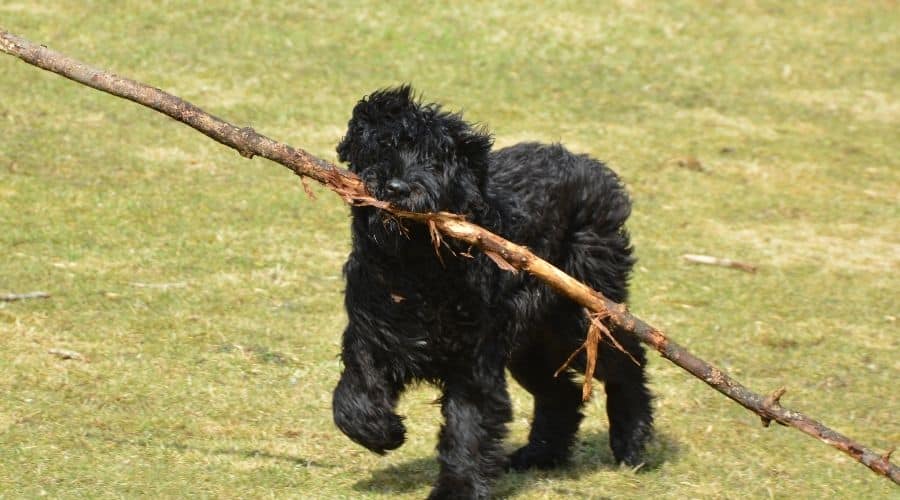
The Bouvier des Flandres’ name translates to “cowherd of Flanders.” The Bouvier was created during the Middle Ages to move cattle. Because the farmers needed a dog who could perform many tasks rather than a separate dog for each job, the Bouvier had to be able to herd and act as guardians, watchdogs, and cart-pullers. The Bouvier is a larger herding dog at up to twenty-seven and a half inches at the shoulder.
World War I turned Flanders into a battlefield, and the farmers and their dogs were displaced. The Belgian army was responsible for saving the breed, and the Bouvier distinguished itself as a war dog on the battlefield. The breed was nearly lost again after World War II but found new life in the United States. The working nature of this breed is highlighted by the fact that in Belgium, a Bouvier cannot be awarded the title of champion unless he has won a work competition prize as a police, defense, or army dog.
Canaan Dog
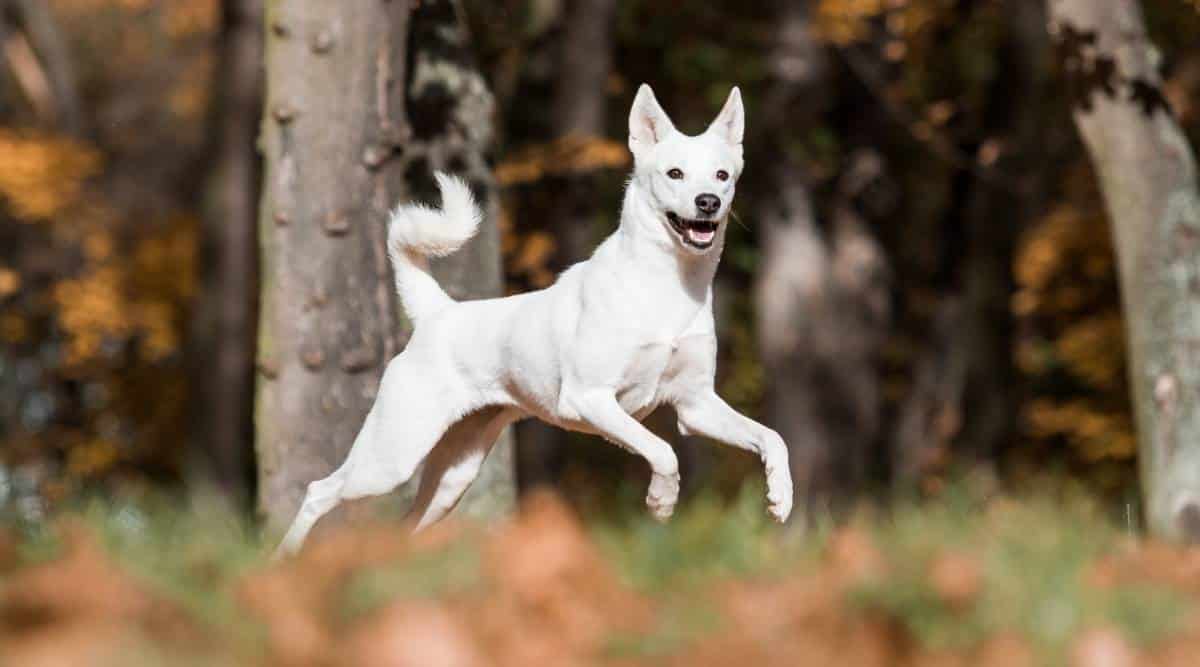
The idea of shepherds watching their flocks appears in the religious texts from the area around Jerusalem as a recurrent theme. The dogs these ancient shepherds may have used as helpers probably were progenitors of the Canaan Dog. While no written record has been found of how the breed was developed, artifacts from around 2,000 BCE show inscriptions of dogs that look like the modern Canaan. Dogs of this type likely guarded, herded, and helped drive flocks for these shepherds of old.
The breed was nearly lost when the Romans destroyed Jerusalem and dispersed the Israelites in 70 CE. Ancestors of modern Canaan Dogs lived feral in the Negev Desert for thousands of years. In the early 20th Century, the descendants of these survivors were domesticated to aid the Israeli army. After World War II, they were bred as guide dogs for the blind. Their independent streak and high intelligence made them a good fit as service dogs, but they may also challenge the inexperienced owner.
Cardigan Welsh Corgi
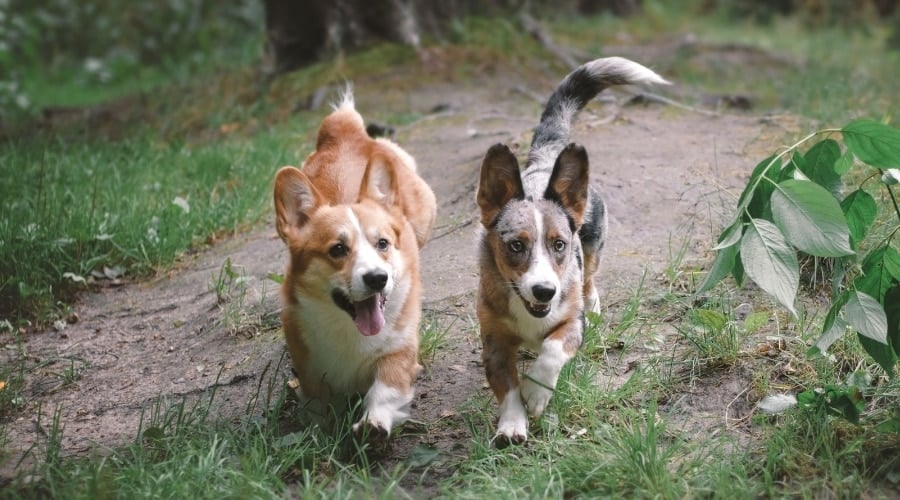
Like his relative, the Pembroke Welsh Corgi, the Cardigan Welsh Corgi was initially bred to move cattle and is perfectly designed for the job. Sturdy and deep-chested, Cardigans are surprisingly agile and fast. Their low-set body allows them to dodge flying hooves as they push cattle toward their destination. Little dogs with big barks, Cardigans also make good family pets and typically enjoy the company of children.
Weighing up to thirty-eight pounds, the solidly built Cardigan stands twelve inches or less at the shoulder. His low stature allows him to quickly dive toward a cow’s heels to move him in the desired direction. The predecessor of the Cardigan came to Wales with early Celtic tribes who migrated from Europe. This ancestor was related to a lineage that also produced the Dachshund. These early dogs went in front of the cattle herd to chase off predators or other animals to secure safe grazing space. Herdspeople and farmers later crossed in other breeds to make an all-around farm dog with herding capabilities.
Huntaway
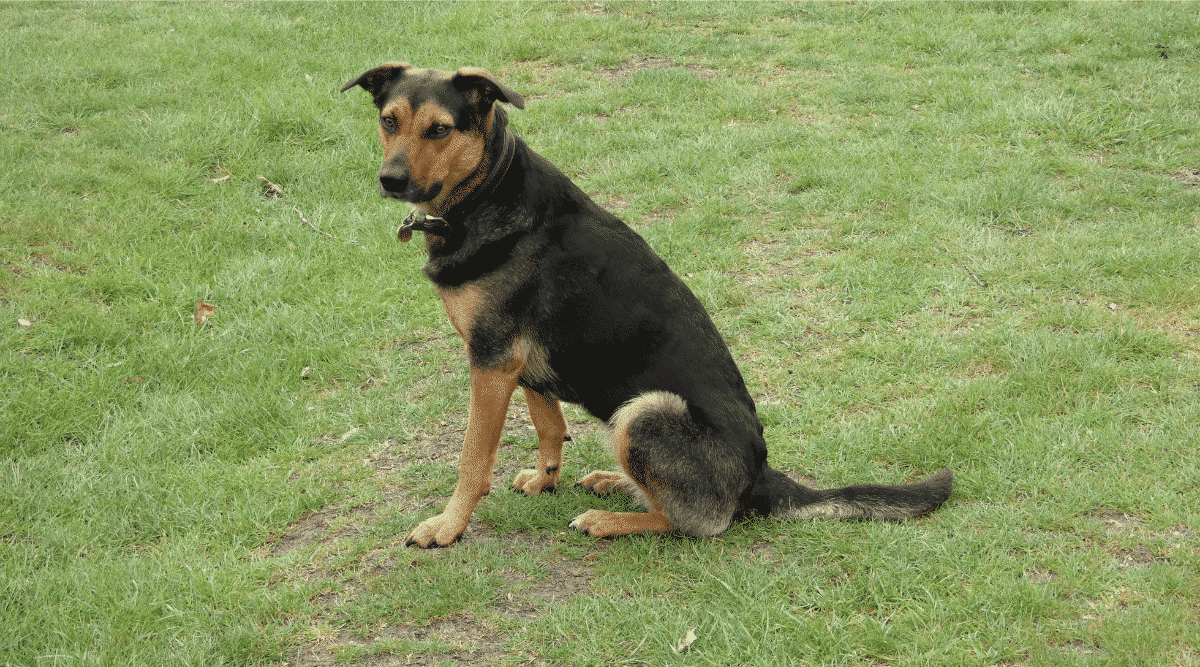
While the Huntaway may not be a common breed in the United States, its numbers may be rising. Given the popularity of such breeds as the Blue Heeler and the Corgi, the Huntaway may soon follow in their footsteps. Huntaways are New Zealand’s only indigenous breed and date back at least as far as a farmer’s ad from 1884 for a sheepdog “broken on rough country.” New Zealand’s rugged terrain was too much for existing breeds. They needed a dog who could push livestock for many miles and hundreds of acres over this rough country.
To create a breed that was up to the challenge, farmers started with Border Collie-type sheepdogs. With these sheepdogs, they crossed in larger breeds like the Doberman to add strength and the Foxhound to add volume. The Foxhound’s aggressive bark was instrumental in pushing large flocks across the New Zealand hills. They work in a group and bark behind the herd to move them in the desired direction.
Kelpie (Australian)
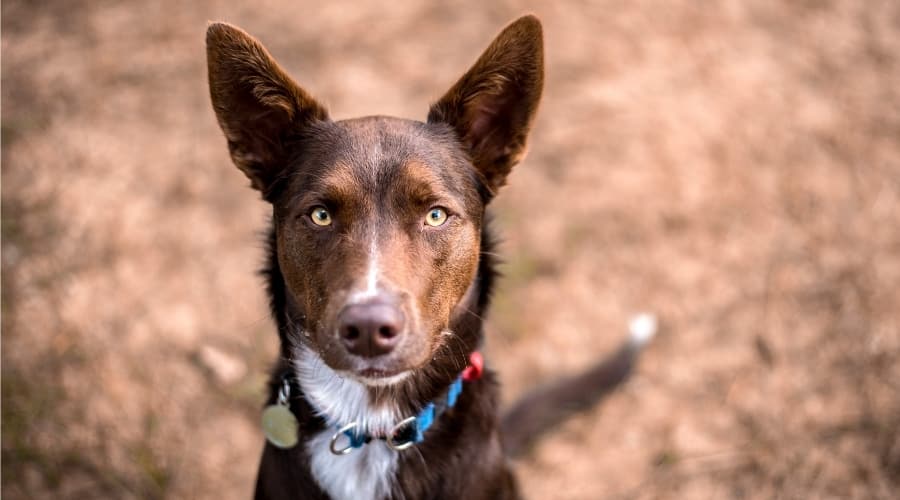
Although the widely accepted history of the Australian Kelpie suggested they have Dingo in their history, modern science essentially debunks this idea. The original kelpies came from Scotland, and the “old timers” believed Dingoes were crossed in to help create a breed that could better handle the Australian terrain and hot, dry conditions. Because both breeds have similar body types and prick ears and some Kelpies are yellow or cream, they have a similar look. Researchers checked both conformation and herding-style Kelpies’ genetic sequences against Dingo DNA. The variants showed no support for common ancestry.
They were derived from the Scottish Smooth Collie, also a herding dog. Two distinct types of Kelpie are popular in Australia. The conformation type Kelpie is usually a solid color and is often found in pet homes. Of course, the working-style herding dog has been selected for generations to handle Australia’s heat and harsh terrain.
Miniature American Shepherd
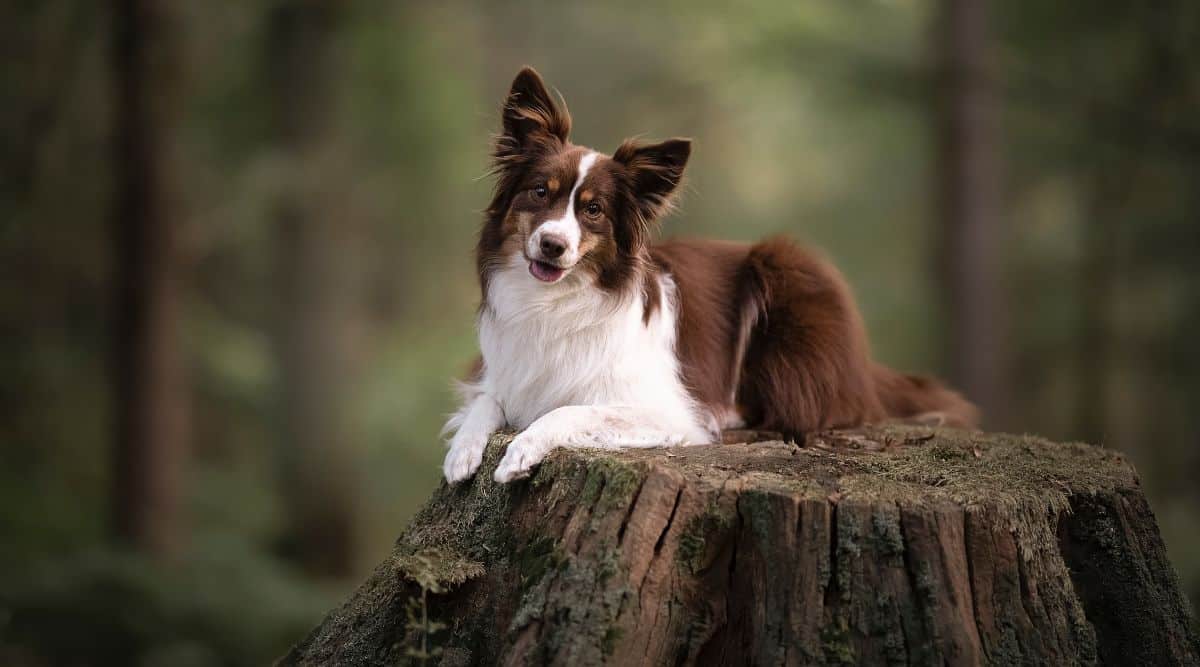
The American aesthetic that embraced the full-sized Australian Shepherd modified the breed by selecting the most petite individuals as breeding stock. With time, they developed a new miniature breed called the Miniature American Shepherd. Although the rodeo circuit crowd designed this new breed, they are herding dogs through and through.
Excellent travel companions due to their small size and intelligence, Miniature American Shepherds became popular with equestrians. Like their full-sized predecessors, the breed has an affinity for horses and is handy working livestock on the farm. They also make active companions for anyone interested in agility, flyball, or frisbee. Less than eighteen inches at the shoulder and weighing in at twenty to forty pounds, these pups are the perfect size to accompany their owners wherever they may roam.
Old English Sheepdog
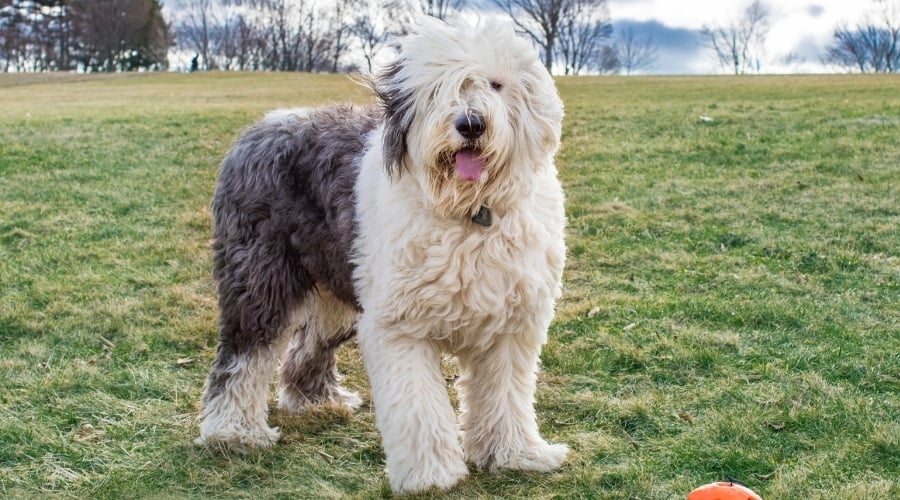
The Old English Sheepdog is one of the oldest working breeds from the British Isles and is instantly recognizable for its distinct coat. With most breeds, those breeding for show and those breeding for working characteristics sometimes disagree on best practices. The soft texture and length of the modern OES coat would have been a disadvantage to a dog working out in the elements. The original coat type would have been slightly shorter and dense, with a weatherproof layer.
The Old English Sheepdog’s name is somewhat deceptive as a working dog. Drovers used the original dogs we now know by this name to move livestock like cattle or sheep long distances. A versatile stock dog, they would accompany the herdsman to take animals to market or from pasture to pasture. Some individuals learned to nip at heels, and they adapted to the type of herd they were driving. Drovers needed dogs able to go long distances, with a disposition tractable enough to obey the drover but fierce enough to take on any human or animal predators he may encounter.
Pembroke Welsh Corgi
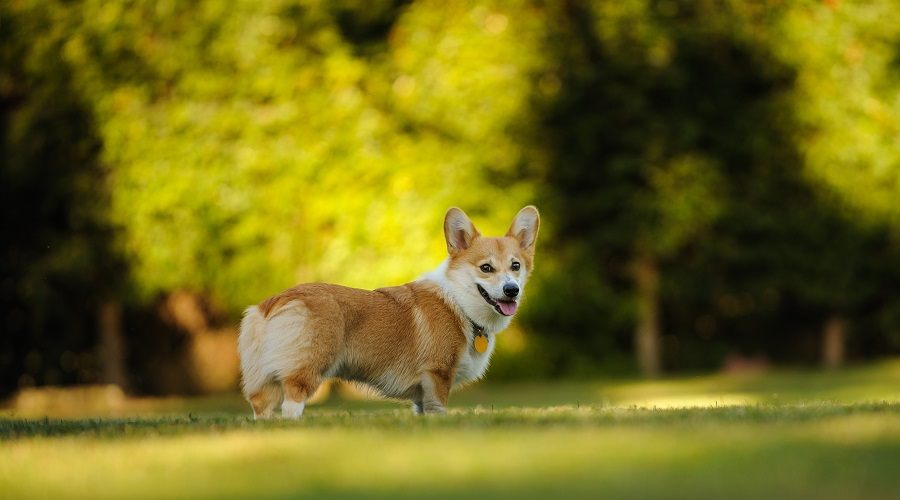
Pembroke Welsh Corgis date back to the early 1100s when visitors to Henry I’s kingdom brought Belgian herding dogs to Wales with their masters. Similar in type to the preexisting Cardigan Welsh Corgi, these Belgian dogs were bred with the Cardigan. Although these crosses blurred the lines between types, efforts to preserve the two kinds as distinct breeds increased in the 1800s, and the two breeds, the Pembroke Welsh Corgi and Cardigan Welsh Corgi are still separate today.
Corgis are fearless enough to bite at a bull’s heels but are loyal and loving family dogs, too. The Pembroke’s thick, weatherproof double coat sheds daily as well as seasonally, so a daily brushing with a slicker brush helps keep hair under control. Generally healthy, Pembroke Welsh Corgis are predisposed to some heart problems like pulmonary hypertension and patent ductus arteriosis of which to be aware.
Final Thoughts
Herding breeds have worked alongside human shepherds, drovers, and farmers for centuries, if not millennia. Some were developed to work with cattle and others with sheep or goats. Some push the stock with their voice, some use their bodies and position to collect and guide a herd, and others bravely nip at heels to make a stubborn cow move. Because of their hardworking ancestors, herding breeds today generally have a strong work ethic and a desire to be gainfully occupied. A herding breed may be a perfect choice if you enjoy working with a canine partner in sports such as agility or flyball.
Consider the breed’s original purpose before you bring one into your family. Their job requires these breeds to be independent thinkers, and even though they are very trainable and intelligent, they will still make their own decisions in the moment. Heelers may be ankle nippers if they channel their energies to moving their family children around the room. Dogs like the Bearded Collie and the Old English Sheepdog have thick coats that require specialized grooming.
If you like the look of one of these herding breeds, try to spend time around them. Speak to a local breed rescue for the unvarnished truth about how to keep these dogs healthy and happy. They generally require a lot of exercise and do their best when they have a job to keep them mentally stimulated and satisfied. Although purebred pups are always an option, consider a rescue if you have the time, facilities, and commitment. High-energy dogs often prove more than a family can handle and sadly end up in shelters or rescues. For the right family, a herding dog can bring a blast of fun and energy that makes every day an adventure.



